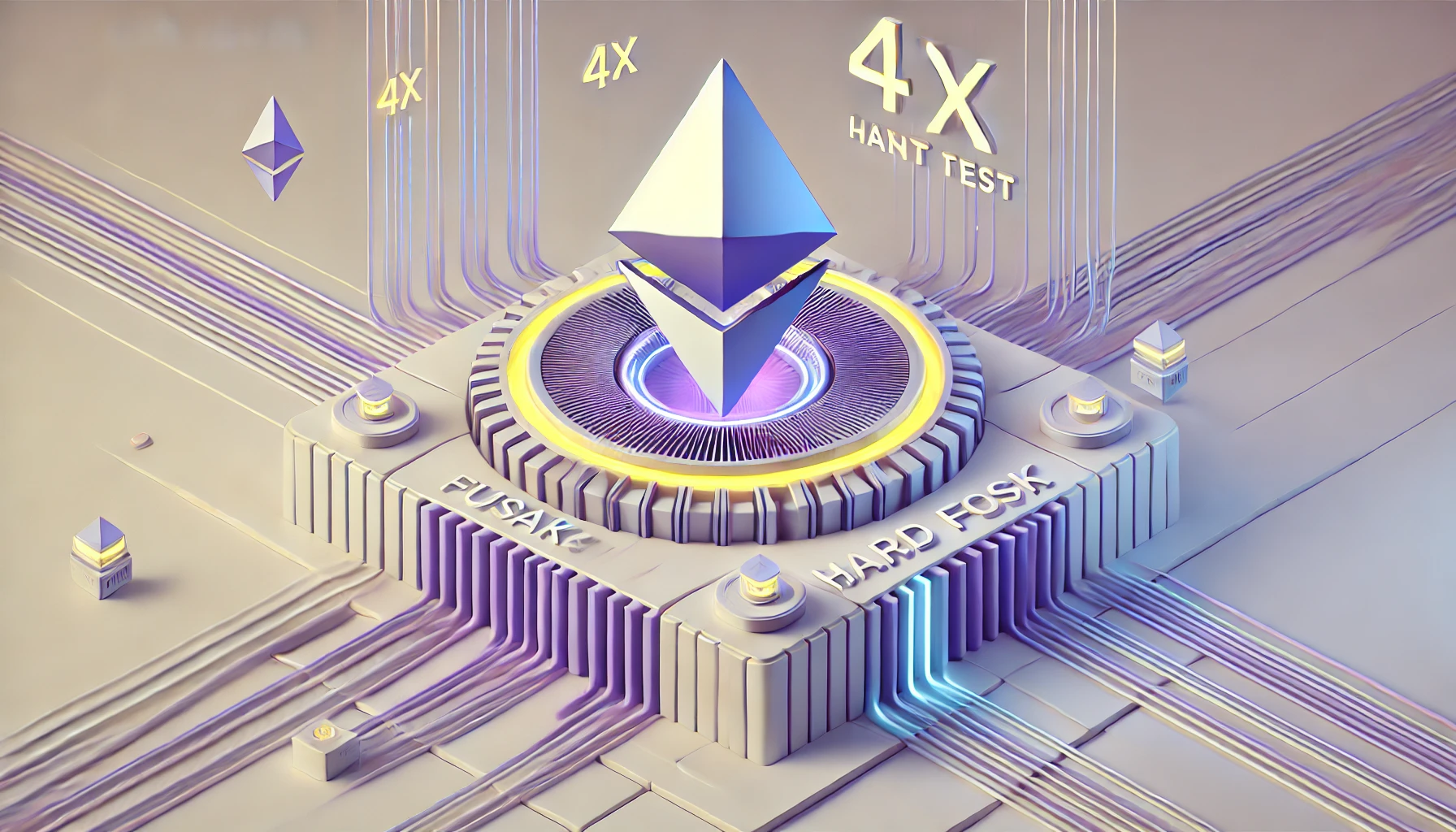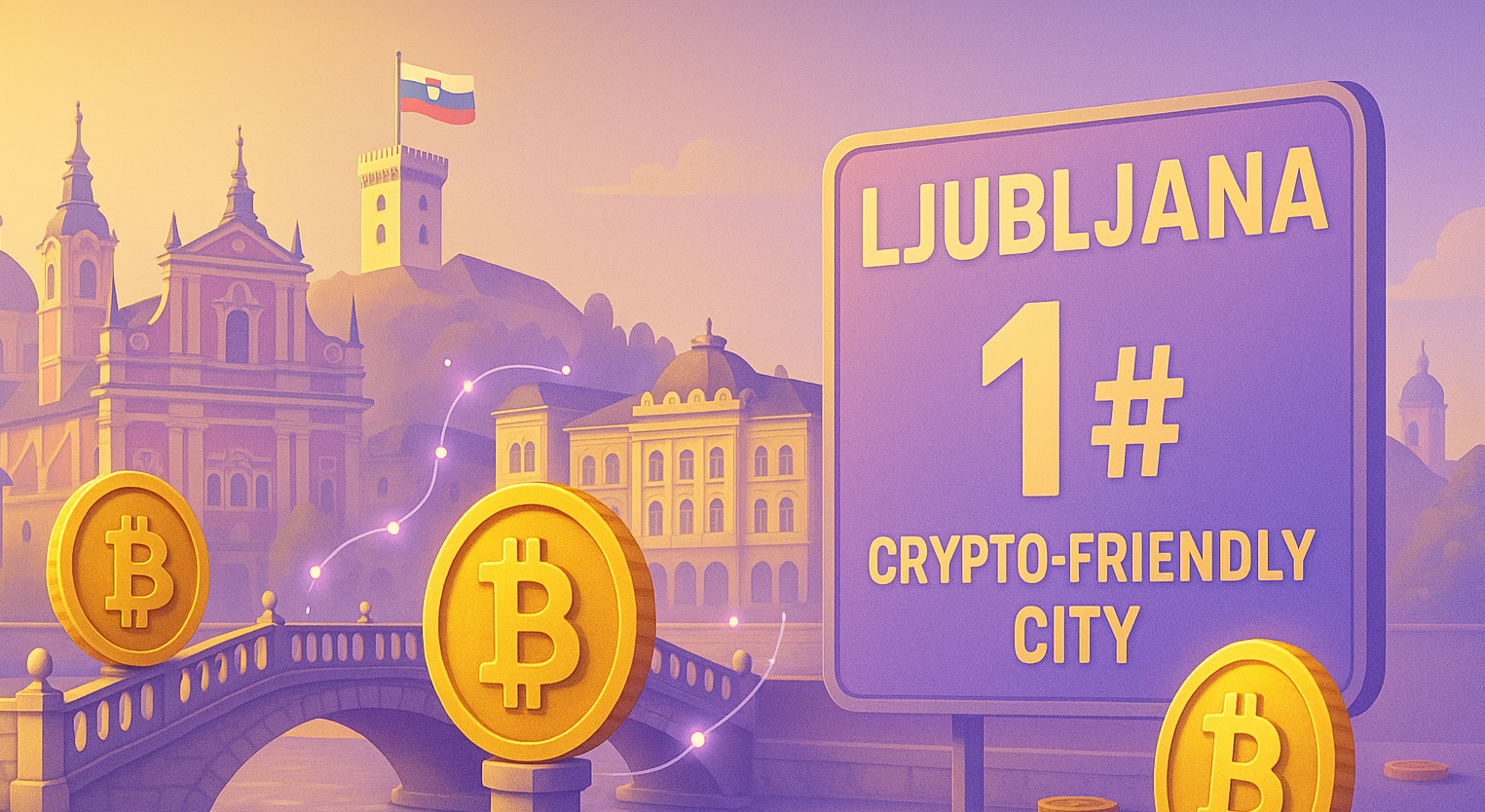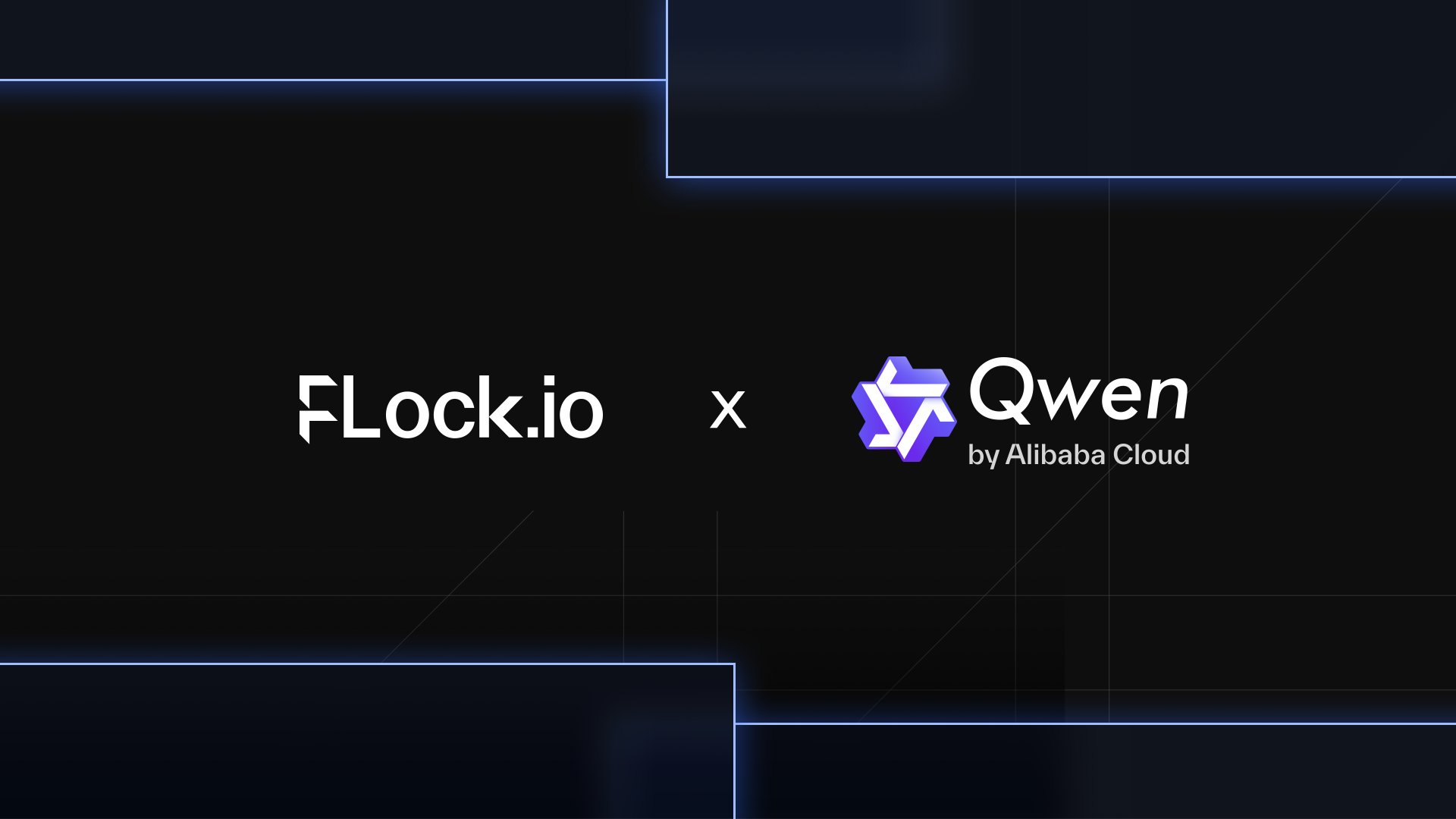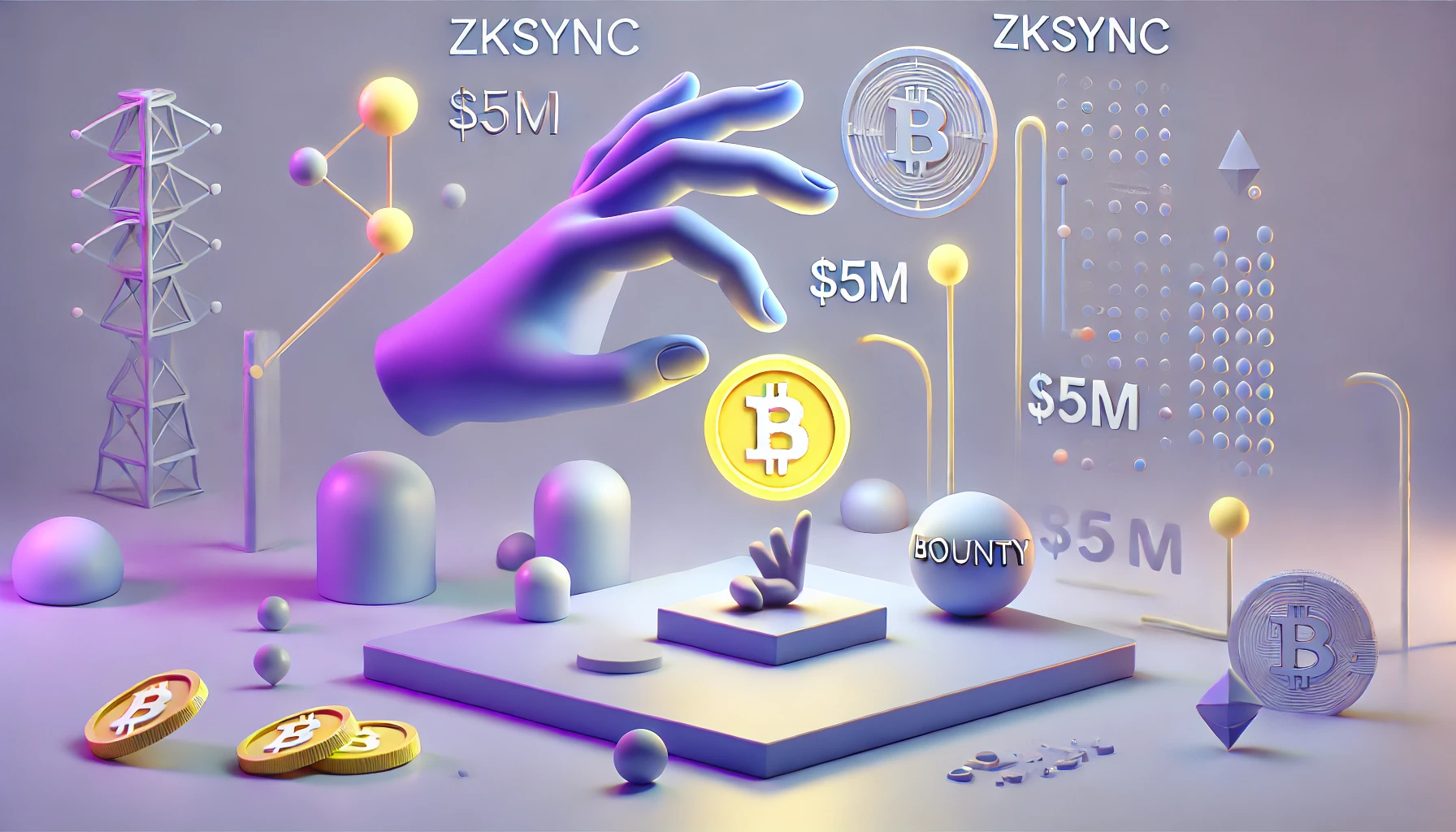Solana, the blockchain renowned for its speed and low transaction costs, is facing scalability challenges, and to address these concerns, a new proposal has been put forward. This aims to introduce a lattice hashing system to improve the network’s efficiency. This innovation could allow Solana to process a greater number of transactions per second while keeping fees affordable.
The current scalability challenges
Despite its impressive performance, Solana has encountered scalability issues that manifest as slowdowns during periods of high demand. Network congestion can lead to delays in transaction processing and an increase in fees, which harms the user experience. These challenges are particularly concerning as blockchain adoption continues to increase, with a growing number of decentralized applications (dApps) and users seeking to leverage the advantages offered by Solana.
The lattice hashing proposal aims to solve these problems by improving the underlying architecture of the network. By enabling more efficient data processing, this system could reduce the load on the network and increase its overall capacity. This represents a crucial step to ensure that Solana can continue to grow and attract developers and users without compromising its performance.
The lattice hashing system
Lattice hashing is a cryptographic technique that allows for more efficient organization and processing of data. By integrating this system into Solana’s architecture, developers hope to optimize the transaction validation process. This change could also enhance the network’s security by making data manipulation more difficult. The implementation of lattice hashing could thus offer a sustainable solution to the scalability issues faced by Solana.
In addition to improving network performance, this proposal could also strengthen the confidence of investors and users in the platform. By demonstrating that it is proactive in the face of technical challenges, Solana could consolidate its position in the competitive blockchain market. This could also encourage further innovations and improvements within the ecosystem, thereby attracting more decentralized projects.














